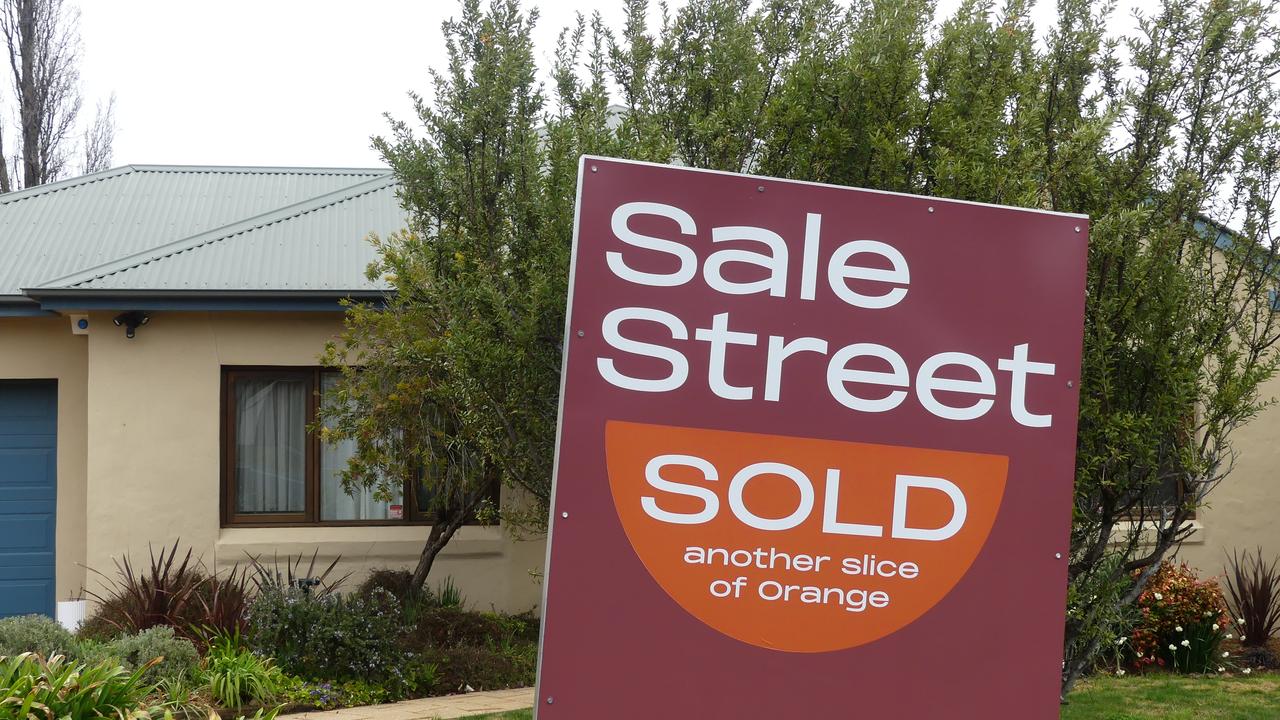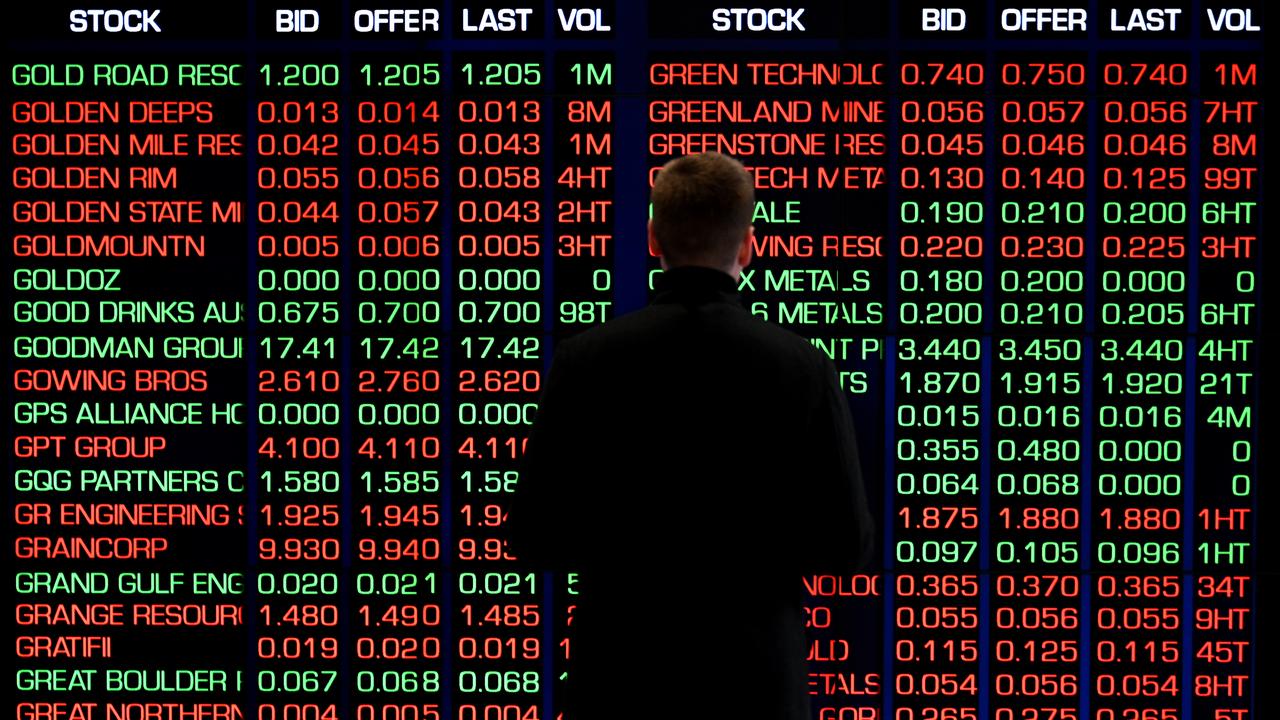
Some superannuation funds' "balanced" options have become heavily overweight riskier "growth" assets, a financial planner warns.
Alex Jamieson, founder of Melbourne-based AJ Financial Planning, says super fund providers have an incentive to "gamify the system" so their balanced funds provide better returns.
"To some degree, it's kind of like drug use in sport. If someone starts doing it, there's pressure on everyone else to do it, otherwise they're going to be left out in the competition," Mr Jamieson told AAP.
He is advising Australians to take a careful look at their superannuation fund, rather than simply accepting the industry default option.

There's no accepted definition of what constitutes a "balanced" fund, Mr Jamieson acknowledges, but he's a believer in the 50/50 split between growth and defensive assets global fund giant Vanguard uses.
Some Australian super funds were advertising "balanced" funds with 70-80 per cent invested in growth assets, Mr Jamieson said.
"It's probably not a true label," he said.
"It's the conversation we have with clients is, 'hey look at the asset allocation compared to your risk profile', and determine if that's the right investment option," rather than simply looking at how their fund is labelled.
Financial professionals consider "growth" to be assets such as shares, property and private equity, which have the potential for capital appreciation.
Fixed-income assets such as bonds are safer, and thus considered defensive, but they don't offer the same potential upside.

Younger workers who won't be retiring anytime soon should really be mostly investing in growth assets, Mr Jamieson said.
But those nearing retirement age should start exploring safer options.
The idea is to minimise what the financial planning industry calls "sequencing risk", the danger that the market crashes just before someone retires.
"People and the media are always talking about the fee equation as a primary driver for people making choices around their investment options," Mr Jamieson added.
"But in actual fact, the risk profile is the biggest lever."

Fees might range from one per cent to near zero, while the difference between a balanced and a growth or a high-growth option, compounded over many years, will have far more of an impact on a portfolio.
Mr Jamieson also warned Australians to treat any telephone calls about superannuation returns as potential scams, and to be wary of super comparison websites.
The recent case of the collapsed Shield Master Fund - which some savers were funnelled to by a comparison website called Aus Super Compare - highlighted some sites weren't giving users independent advice, he said.
The Association of Superannuation Funds of Australia declined to comment on Mr Jamieson's contention some "balanced" funds were being wrongly labelled.







